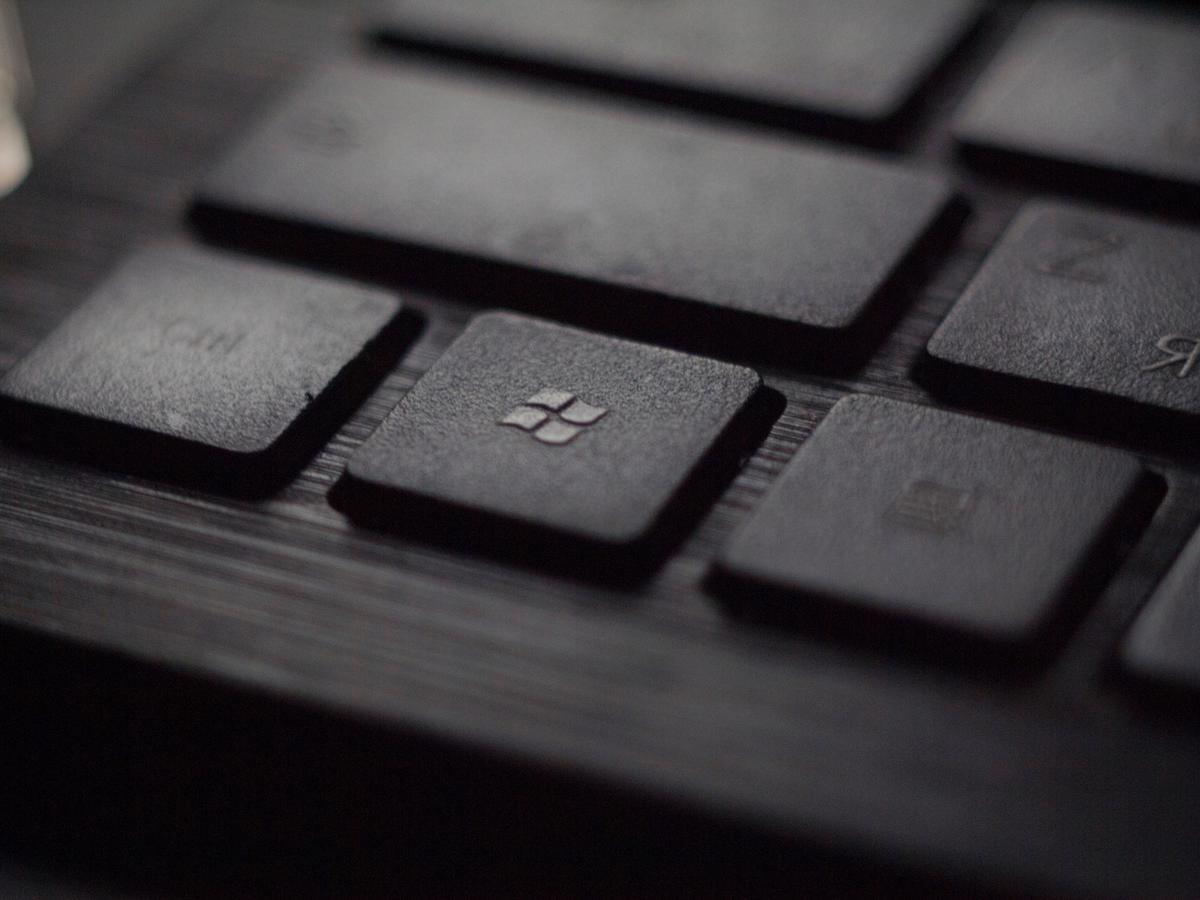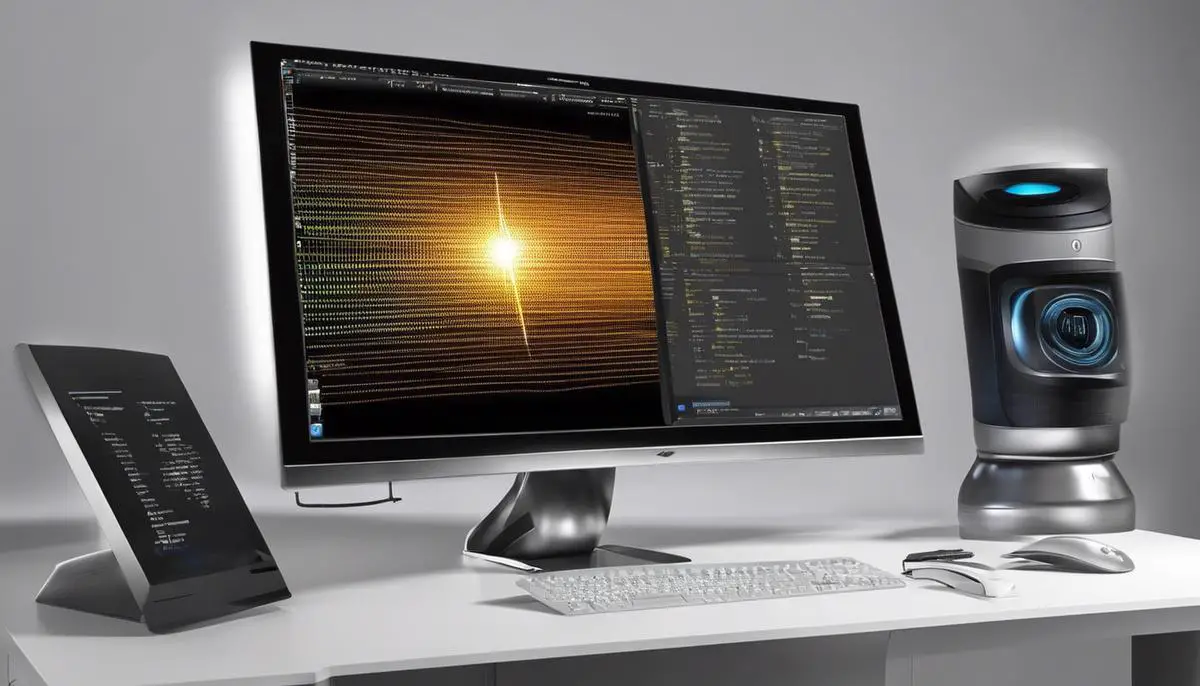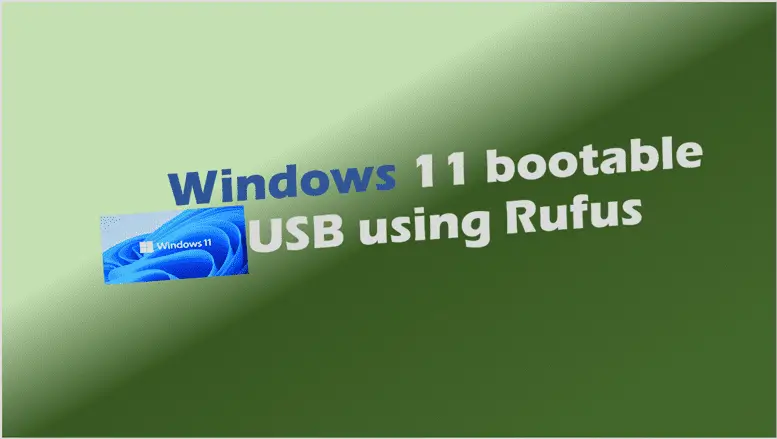Mastering the Windows Run Command: The Ultimate Guide for IT Users
Unlock hidden features with the Windows Run Command. From basic shortcuts to advanced system tools, this guide covers it all. Enhance your IT skills today!
Introduction
In the fast-paced world of IT, efficiency is key. Whether you’re troubleshooting a network issue, managing system resources, or simply trying to access a buried settings menu, the ability to navigate Windows quickly can make or break your productivity. Enter the Windows Run command – a powerful yet often overlooked tool that puts the full might of Windows at your fingertips.
For IT professionals and power users alike, the Run command is more than just a shortcut; it’s a gateway to advanced system management, rapid task execution, and streamlined workflows. In this comprehensive guide, we’ll dive deep into the world of Windows Run commands, uncovering hidden gems, time-saving techniques, and advanced tricks that will elevate your Windows mastery to new heights.
Are you ready to supercharge your productivity and become a Windows Run command wizard? Let’s get started!

Understanding the Power of the Windows Run Command
What is the Windows Run Command?
At its core, the Windows Run command is a direct line to the heart of your operating system. It’s a simple yet powerful interface that allows you to execute programs, open files and folders, and access system utilities with just a few keystrokes. Think of it as a command center where you can bypass the graphical user interface (GUI) and interact with Windows on a more fundamental level.
How to Open the Run Command
There are several ways to access the Run command:
- Keyboard Shortcut: Press
Windows key + R - Start Menu: Type “Run” in the search bar
- Right-Click Menu: Right-click on the Start button and select “Run”
- Command Prompt: Type “run” and press Enter
For IT professionals who value speed and efficiency, mastering the Windows key + R shortcut is essential.
Why Use the Run Command?
You might be wondering, “Why bother with the Run command when I can use the Start menu or File Explorer?” Here are a few compelling reasons:
- Speed: Launch applications and utilities faster than navigating through menus
- Precision: Access specific system tools and directories without searching
- Consistency: Run commands work across different versions of Windows
- Automation: Combine with scripts for powerful system management tasks
- Troubleshooting: Quickly access diagnostic tools and system information
Essential Windows Run Commands for IT Users
Let’s explore some of the most useful Run commands that every IT user should know:
System Tools and Information
msconfig: System Configuration utilitymsinfo32: System Informationdxdiag: DirectX Diagnostic Toolwinver: Windows version information
Command Line Tools
cmd: Command Promptpowershell: Windows PowerShell
Management Consoles
compmgmt.msc: Computer Managementdevmgmt.msc: Device Managerdiskmgmt.msc: Disk Managementservices.msc: Servicesgpedit.msc: Group Policy Editor (Pro/Enterprise editions only)
System Utilities
regedit: Registry Editorcleanmgr: Disk Cleanupcontrol: Control Panelappwiz.cpl: Programs and Featuressysdm.cpl: System Properties
Network Tools
ncpa.cpl: Network Connectionsipconfig /all: Displays full TCP/IP configuration (opens in Command Prompt)netplwiz: Advanced User Accounts Control Panelfirewall.cpl: Windows Defender Firewall settings
Disk and File System
chkdsk: Check Disk utility (opens in Command Prompt)dfrgui: Disk Defragmenterrecoverydrive: Create a recovery drive%temp%: Opens the temporary files folder

Advanced Windows Run Commands for Power Users
For those looking to take their Windows Run command skills to the next level, here are some advanced commands and techniques:
Performance Monitoring and Diagnostics
perfmon: Performance Monitor for detailed system diagnosticsresmon: Resource Monitoreventvwr: Event Viewer for system and application logsmmc: Microsoft Management Console for creating custom admin tools
Security and User Management
lusrmgr.msc: Local Users and Groups Managersecpol.msc: Local Security Policy (not available in Home editions)certmgr.msc: Certificate Managerwf.msc: Windows Firewall with Advanced Security
Windows Features and Settings
optionalfeatures: Windows Features on or offms-settings:: Opens Windows Settings (add specific pages like “ms-settings:bluetooth” for direct access)control userpasswords2: User Accounts advanced settings
Task Automation
taskschd.msc: Task Schedulerschtasks: Command-line interface for Task Scheduler (opens in Command Prompt)
Accessibility Tools
magnify: Screen Magnifiernarrator: Screen Readerosk: On-Screen Keyboard
Tips and Tricks for Mastering the Windows Run Command
To truly harness the power of the Run command, consider these advanced tips:
- Use Environment Variables: Leverage system variables like
%windir%or%userprofile%to access specific directories quickly. - Create Custom Shortcuts: Add your own executables or scripts to the system PATH for easy access via Run.
- Utilize UNC Paths: Access network resources using UNC paths (e.g.,
\\servername\sharename). - Combine with PowerShell: Prefix PowerShell commands with “powershell” to execute them directly from Run.
- Memorize Aliases: Learn shorter command aliases like “calc” for Calculator or “notepad” for quick text editing.
- Leverage Web Shortcuts: Type URLs to open websites directly in your default browser.
- Use Wildcards: Some commands support wildcards for batch operations (e.g.,
explorer *.txtto open all text files in a folder). - Explore Hidden Commands: Research lesser-known commands like
sluifor Windows activation orwuappfor Windows Update.
Troubleshooting Common Run Command Issues
Even the most seasoned IT professionals can encounter issues with Run commands. Here are some common problems and their solutions:
“Windows cannot find [program]”
- Cause: The executable file doesn’t exist or the pathname is incorrect.
- Solution: Double-check the command spelling and ensure the program is installed. Consider adding the program’s directory to the system PATH.
“Access is denied”
- Cause: Insufficient permissions or protected system files.
- Solution: Run the command as an administrator or check user account permissions.
DLL Errors
- Cause: Missing or corrupt DLL files.
- Solution: Reinstall the application or use System File Checker (
sfc /scannow) to repair system files.
Command Executes But Nothing Happens
- Cause: Application opening off-screen or minimized.
- Solution: Check the system tray, use Alt+Tab to cycle through open windows, or restart the application.
Automating Tasks Using Run Commands
One of the most powerful aspects of the Windows Run command is its potential for automation. Here are some ways to leverage Run commands for task automation:
- Batch Files: Create .bat files with multiple Run commands to execute complex tasks with a single click.
- Task Scheduler: Use
taskschd.mscto set up automated tasks that execute Run commands at specified times or events. - PowerShell Scripts: Combine Run commands with PowerShell scripts for advanced automation scenarios.
- Custom Shortcuts: Create desktop or Start menu shortcuts that execute specific Run commands.
- Group Policy: Use
gpedit.mscto configure startup scripts or logon scripts that utilize Run commands.

Best Practices for Organizing Run Commands
As you become more proficient with Run commands, you’ll likely accumulate a vast arsenal of useful commands. Here are some tips for keeping them organized:
- Create a Personal Command Cheat Sheet: Document your most-used commands in a easily accessible format.
- Use a Password Manager: Store complex commands securely in a password manager for quick retrieval.
- Leverage AutoHotkey: Create custom hotkeys for frequently used Run commands.
- Categorize Commands: Organize your commands by function (e.g., networking, system management, troubleshooting) for easy reference.
- Regular Review and Cleanup: Periodically review your command list to remove outdated or unused entries.
Key Takeaways
- The Windows Run command is a powerful tool for IT users to quickly access system tools, utilities, and settings.
- Essential commands include
msconfig,cmd,regedit, andgpedit.mscfor system management and troubleshooting. - Advanced users can leverage environment variables, custom shortcuts, and PowerShell integration for enhanced productivity.
- Troubleshooting common issues often involves checking permissions, file paths, and system integrity.
- Automating tasks with Run commands can significantly streamline IT workflows and system management.
- Organizing your personal collection of Run commands is crucial for maintaining efficiency as your expertise grows.
FAQ: Frequently Asked Questions about Windows Run Commands
- Q: What is the difference between the Run command and Command Prompt?
A: The Run command is a quick way to execute specific programs or commands, while Command Prompt is a full command-line interface for executing multiple commands and scripts. - Q: Can I use Run commands on Windows 10 Home edition?
A: Yes, most Run commands work on Windows 10 Home, but some advanced tools likegpedit.mscare only available in Pro and Enterprise editions. - Q: How can I add my own custom Run commands?
A: You can add custom commands by creating shortcuts in the Windows directory or adding directories to the system PATH environment variable. - Q: Are Run commands case-sensitive?
A: No, Windows Run commands are not case-sensitive. You can use upper or lowercase letters interchangeably. - Q: Can I undo changes made through Run commands?
A: It depends on the command. Some actions are reversible through the same interface, while others may require system restore or manual reconfiguration. - Q: How do I find new and useful Run commands?
A: Explore official Microsoft documentation, IT forums, and reputable tech blogs. Always verify commands from unknown sources before executing them. - Q: Can Run commands be dangerous?
A: Some Run commands can make significant system changes. Always understand what a command does before using it, especially with administrative privileges. - Q: How do I use Run commands on a remote computer?
A: You can use Remote Desktop Protocol (RDP) to access the Run dialog on a remote machine, or use PowerShell remoting for command execution. - Q: What’s the difference between
ms-settings:andcontrol panelcommands?
A:ms-settings:opens the modern Windows Settings app, whilecontrol panelopens the classic Control Panel. Some settings are only available in one or the other. - Q: Can I create shortcuts to Run commands on my desktop?
A: Yes, you can create desktop shortcuts that execute specific Run commands by right-clicking on the desktop, selecting New > Shortcut, and entering the Run command as the location.
By mastering the Windows Run command, IT users can significantly enhance their productivity and streamline their workflow. Whether you’re managing systems, troubleshooting issues, or simply navigating Windows more efficiently, the Run command is an invaluable tool in your IT arsenal. Keep exploring, keep learning, and watch your Windows expertise soar to new heights!
Related Posts:
- DISM Command Windows 10
- The Ultimate Guide to ISO File Download Windows 10: A Comprehensive Resource for IT Users
More Reading:






